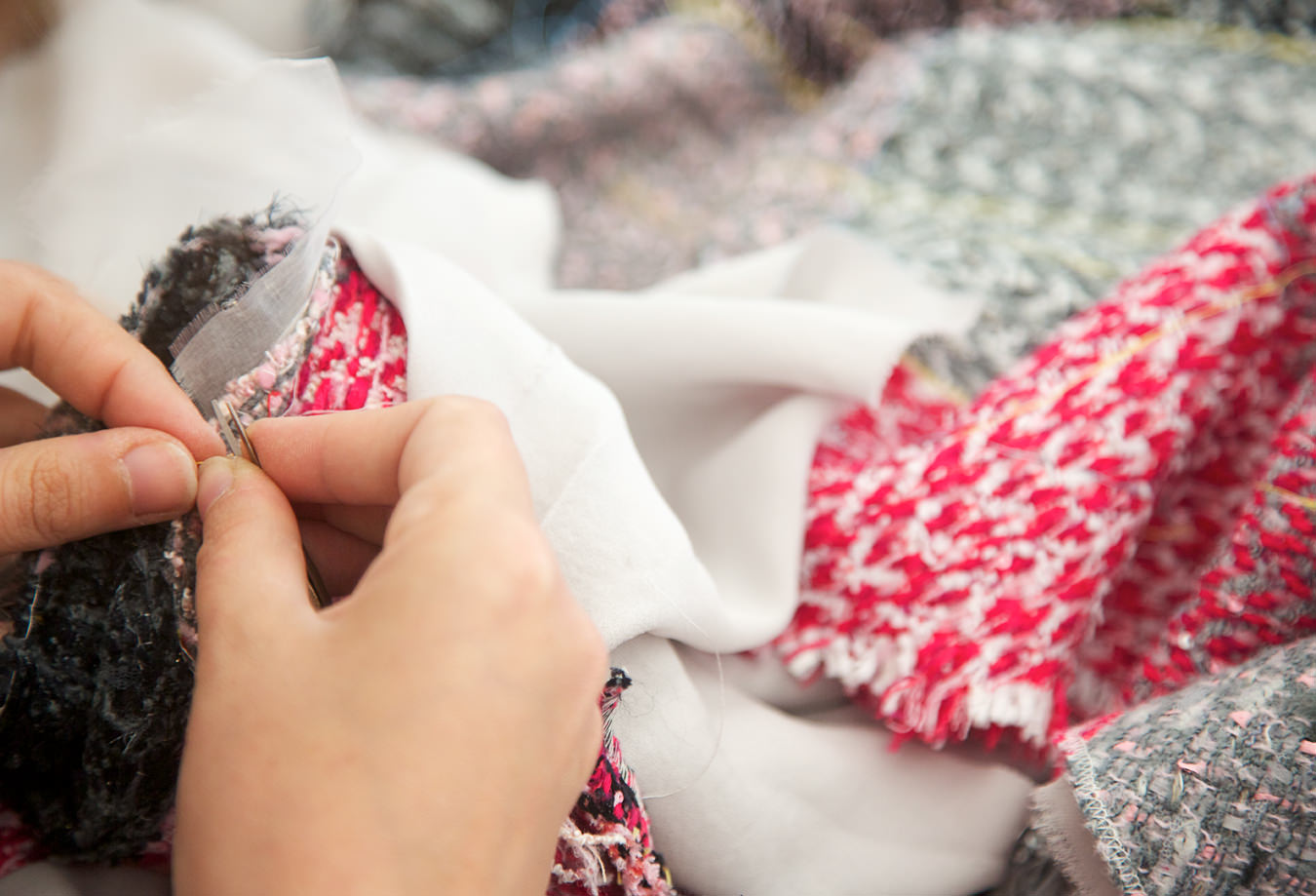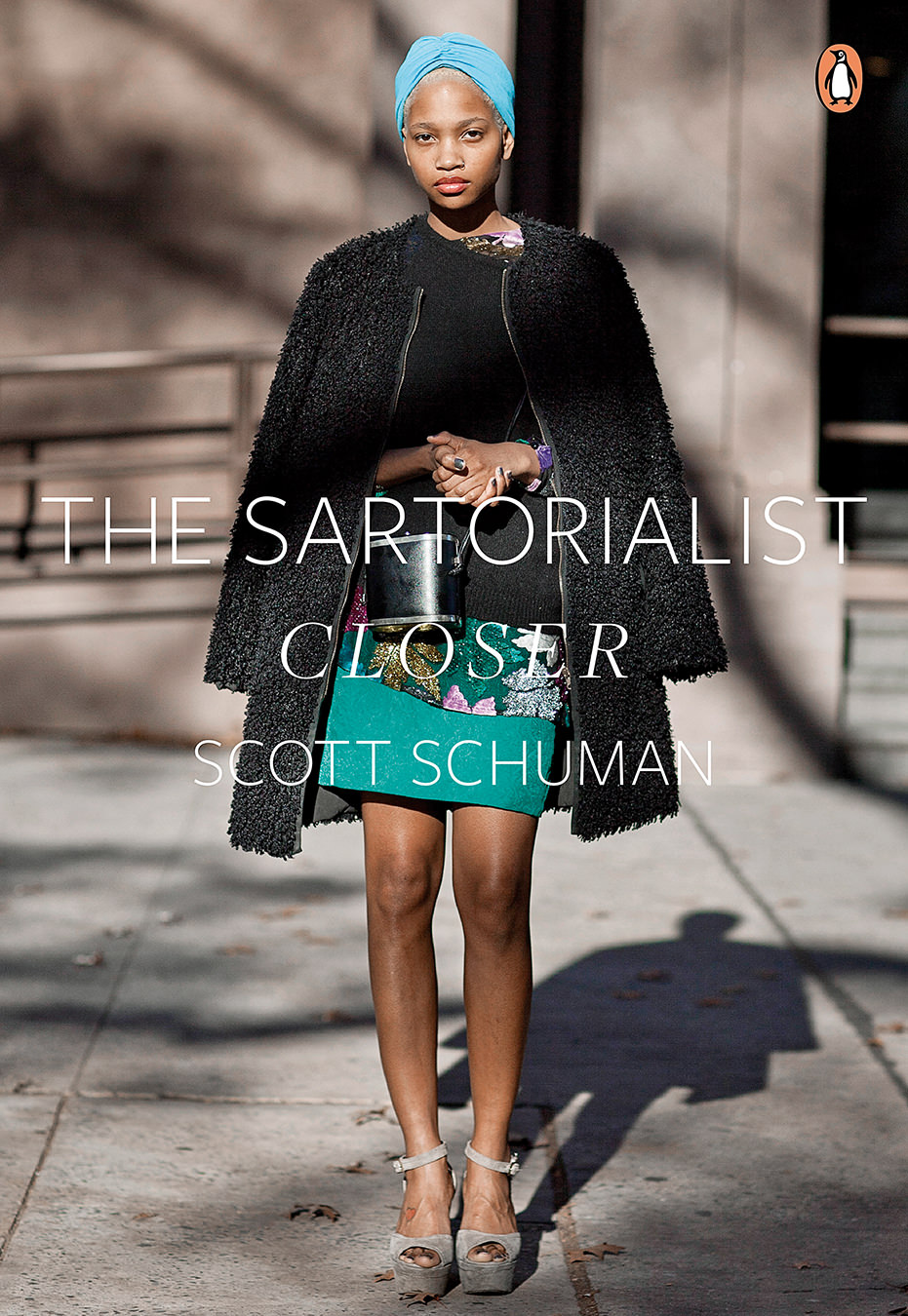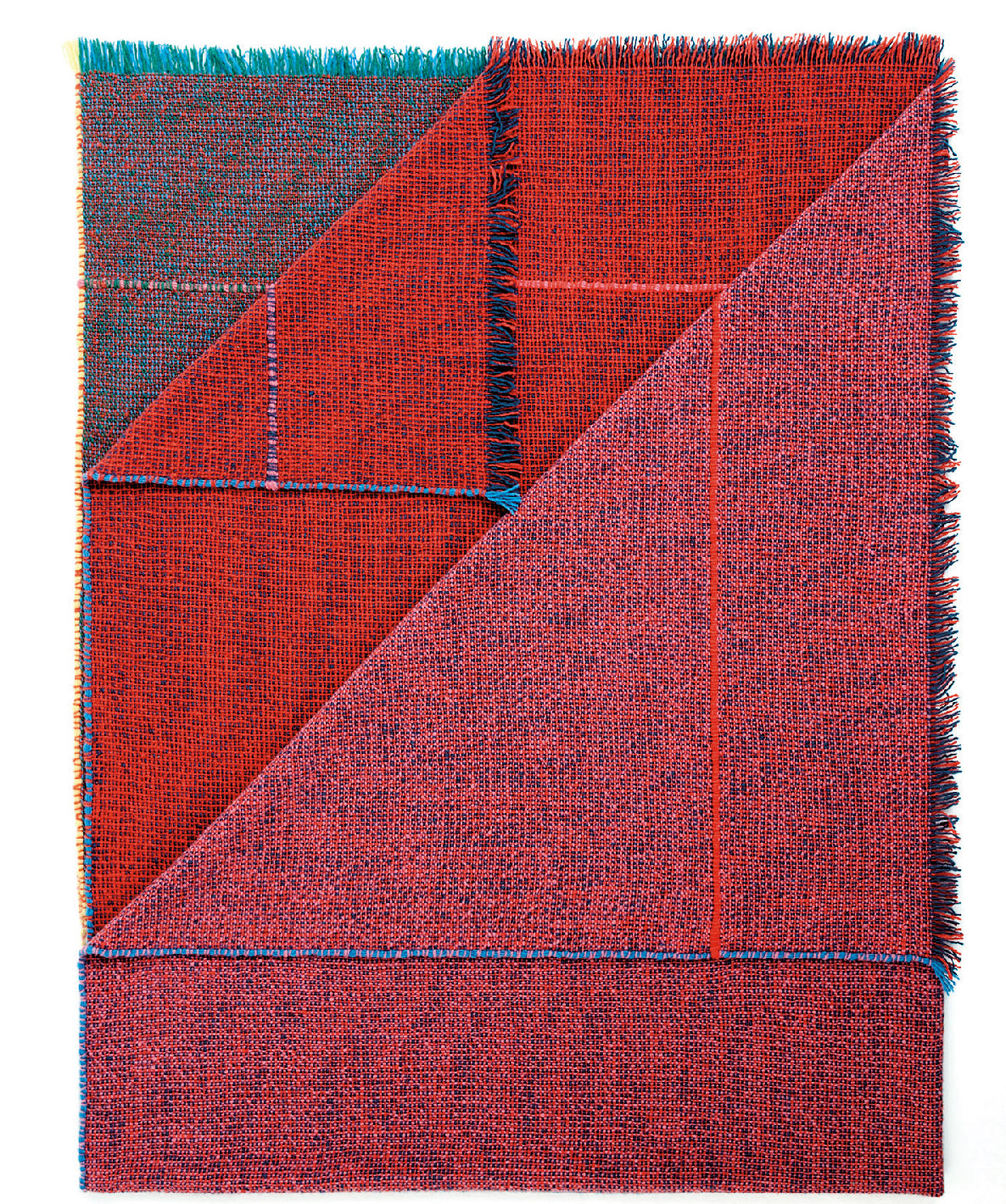The Future of Fixing
A new generation of menders is picking up needle and thread.

In a certain Italian textile factory, weavers transform spools of fine wool, cashmere yarn, and silk thread into exquisite fabrics. Occasionally, their skilled work literally hits a snag: a thread is accidentally pulled or catches on an errant pin, wrecking a valuable bolt of cloth. So, as the finished material undergoes its final quality control check, an artisan stands by, ready to needle-weave loose threads into invisibility. Besides this, we have mostly lost the habit of mending. Now if a sock gets a hole, we discard it. Even a tiny rip in a shirt can be grounds for instant dismissal to the thrift shop bag. Grandmothers may have done it, but in today’s disposable world, sewing up a tear is almost a lost art, unless you’re textiles practitioner Tom van Deijnen, who, in his home in Brighton on the south coast of England, has turned fabric repair into an art form.
Rewind nine years when van Deijnen (whose job, four days a week, involves software and linear accelerators) saw a really expensive knitted scarf and thought, “I could do that.” Plus, his “mum was a good knitter.” So, van Deijnen taught himself to knit. Inevitably he moved on to socks, which eventually developed holes. Aware of the multiple hours he had already invested, van Deijnen learned to darn. “You build up a relationship with an item,” he explains.
Once, mended clothes symbolized poverty—but that hasn’t always been the case.
Though deliberately visible, van Deijnen’s clever needle weaving is light-years away from hippie-dippy jeans patching. Word of mouth, and his Tom of Holland blog, hooked him up with the New Craftsmen, a Mayfair store in London specializing in limited editions of the handmade, the sustainable, and the luxurious: a linen tea towel with meticulously placed patches, for instance, or a Welsh wool blanket that displays several techniques. Parisian lifestyle store Merci showcased van Deijnen in its Imparfait exhibit of imperfect things and he recently collaborated with Burberry for Makers House, a pop-up for the London Design Festival and Fashion Week, offering mending using fabrics from Burberry’s runway collection. Repairing loved clothing is suddenly cool.
Why the revival? After the “make do and mend” culture of the Second World War, van Deijnen says, “Fed up with walking around in old clothes,” people got used to cheap garments of reasonable quality, and women increasingly worked outside the home. But change is in the air, and holes and rips are international. “It’s like the alternative economy,” says van Deijnen, who carries out commissions, runs workshops, and maintains that we just have to get used to having repaired things around us, rather than always the new and pristine.
Embracing signs of wear is venerated in Japan, where the art of boro, essentially a palimpsest in cloth, sees layers of indigo-dyed cotton transformed, row upon row of stitch after neat stitch, generation by generation, into treasured heirlooms. The same mindset seams together broken ceramics in kintsugi, literally “golden joinery”, the cracks made evident in gold, platinum, or silver.
Today, visible repairs, creatively handled, can signal love, individuality, environmental awareness, or all three.
Darning and mending are restorative acts in more ways than one, often slow, but ultimately satisfying whether what is being made whole again by your needle is a favourite hand-knit or an ancient artifact. Of the 50,000 items in the collection at the Royal Ontario Museum, not all arrived in mint condition, says textile conservator Anne Marie Guchardi, who is currently restoring Egyptian fabrics that are over 4,000 years old. “Sometimes we find mending that is exquisite work in its own right,” she says, citing christening gowns, although she adds that some repairs—quick, nasty, or “shockingly wrong”—need undoing. Guchardi’s curved needles, tweezers, and scissors are the same as those used by surgeons.
When it comes to preserving vintage garments, “You have to be like a doctor. Do no harm,” expresses Vancouver fashion historian Ivan Sayers, whose pieces (barring anything pre-1900, haute couture, or one of a kind) are sometimes worn by live models. In the case of clothing that might be worn, “I stitch firmly,” he says. “If someone is going to wear that garment, it won’t fall apart.” A beaded dress that once Charleston-ed its way across a parquet floor might have fabric tacked inside to take the strain. While he does sometimes call on expert help, Sayers prefers the DIY approach, using beading needles “because I have large hands” and cobweb-fine lace-making threads.
Once, mended clothes symbolized poverty: think of Gilbert and Sullivan’s wandering minstrel (“a thing of shreds and patches”) or Cinderella before her makeover. But that hasn’t always been the case. Consider the Barbour waxed coat that, to the British aristocracy, proves you belong, or the professorial elbow-patched tweed jacket. Today, visible repairs, creatively handled, can signal love, individuality, environmental awareness, or all three.
_________
Never miss a story. Sign up for NUVO’s weekly newsletter.




